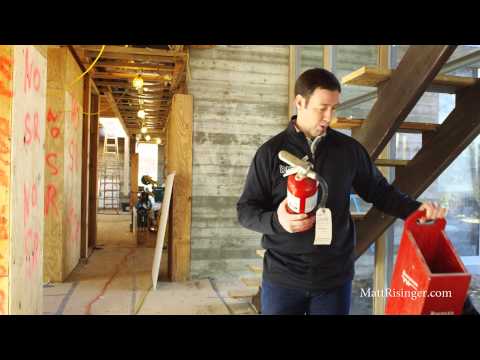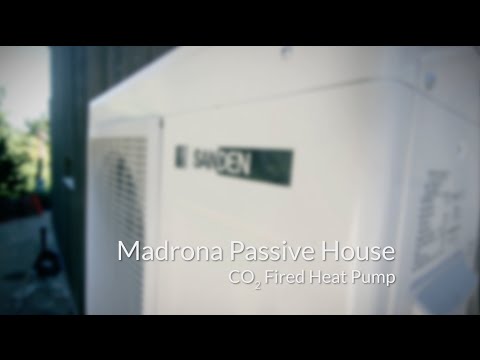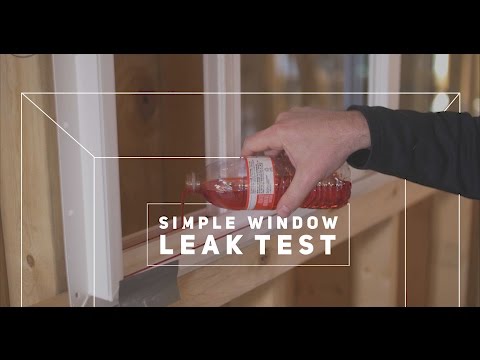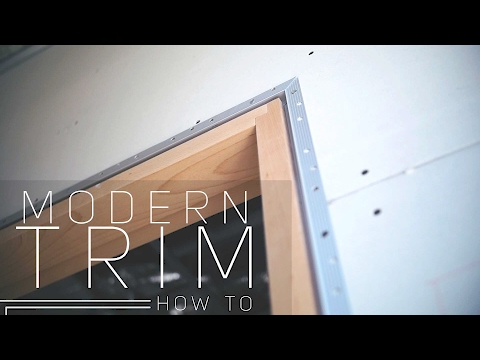[Super efficient tank heater] + [heat pump water heater] = A lot more than 1 + 1
Our pal Matt Risinger from Austin, Texas wants to talk about water heaters today. Specifically, why he used two in a recent house.
Shh, let's watch ...
OFFICIAL TRANSCRIPT:
Hi, Matt Risinger here in the water heater closet on a house that my company has just completed at the lake and I want to talk about some strategies for very high efficient water heaters.
I want to talk specifically today about these two water heaters behind me and give you a little bit of an overview and review of these. [Rheem Marathon tank-style water heater and Prestige heat pump water heater]
Let me tell you first about the Marathon and why I like it
The marathon is an all-electric unit. The plastic tank is superinsulated and they’ve got top-of-the line insides: the anode rods and everything else inside is top-of-the-line.
The statistic that I like best about this unit is standby loss. This unit over a 24 hour period experiences about 5% standby loss. That means that if the power went out or if we turned that unit off and the water inside the tank is 120 degrees, over a 24 hour period, that water is only going to cool down by let’s say 7 degrees or 8 degrees.
That’s really impressive, they’ve got some seriously thick insulation on the outside.
The next unit I want to talk about is this Rheem hybrid Prestige model
This is a heat pump attached to a standard electric tank. They’ve been making these for quite a few years, in fact I used the first generation of this model when it came out, and it is still going strong. I’ve really had good success with these Rheem models.
1 plus 1 equals three (or more)
So what we’re doing is we’re going to run this unit (Prestige) on heat-pump only mode, and not let the electric coils fire up, it’s going to preheat that water and dump it into the Marathon. The Marathon is just going to sip a little bit of electricity on normal demand times, to keep that tank at 120 degrees.
There’s a side benefit too—the heat pump is taking heat out of the closet, putting it into the tank and exhausting cool air out. So we did something a little unique: this closet is inside the thermal envelope of the house (we’re not in the garage, let’s say). And so we’ve got a vent fan behind the heat pump that is taking the cold air out of this closet and dumping it into a great stairwell space behind me, and then we’ve got a passive vent in the laundry to bring (passively) air into this house.
So as this unit makes hot water for this house, it is also exhausting cool and dehumidified air.
Let’s talk about why we used two water heaters in this house.
I’m building a lake house for clients where a lot of times there will only be two people in this house. But there are going to be times when they’ve got a lot of family, or they’ve got visitors, they could easily have some times on a Saturday night where they’ve got ten people showering in this house.
So we’ve got really a lot of hot water demands. With these two 50-gallon tanks, heated to full capacity, 120 degrees, we’ve got 100 gallons of standing water and basically I’ve got two electric backup units as well that are going to help reheat that water very quickly.
The way we ran this system is that we actually ran the Prestige first, we’re going to run it most of the time in heat pump-only mode (we’re not going to allow the electric mode to turn on in this unit). Its going to then dump that hot water into the Marathon which will require very little electricity—because remember it is super efficient. And so now, the Marathon will feed the house.
We can turn either one of these two off if we’re going to be gone, in vacation mode, which of course is very important if you’ve got an electric water heater.
If you’d like any more information on either of these two units, you can visit my blog at MattRisinger.com, otherwise. we’ll see you next time.
[Ed's note: for those of you doing the math from the subhead above, it is heat pump (1) + tank (1) = water heated efficiently with a heat pump (1) + water stored efficiently (1) + twice the hot water on demand (1) + cooling and dehumidification in a hot humid climate (1) + a built-in backup (1+1=4)]
—Matt Risinger is a custom builder, remodeler, and YouTuber in Austin Texas












